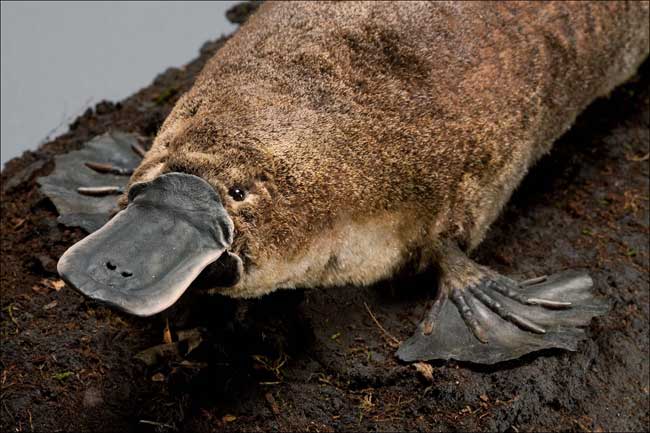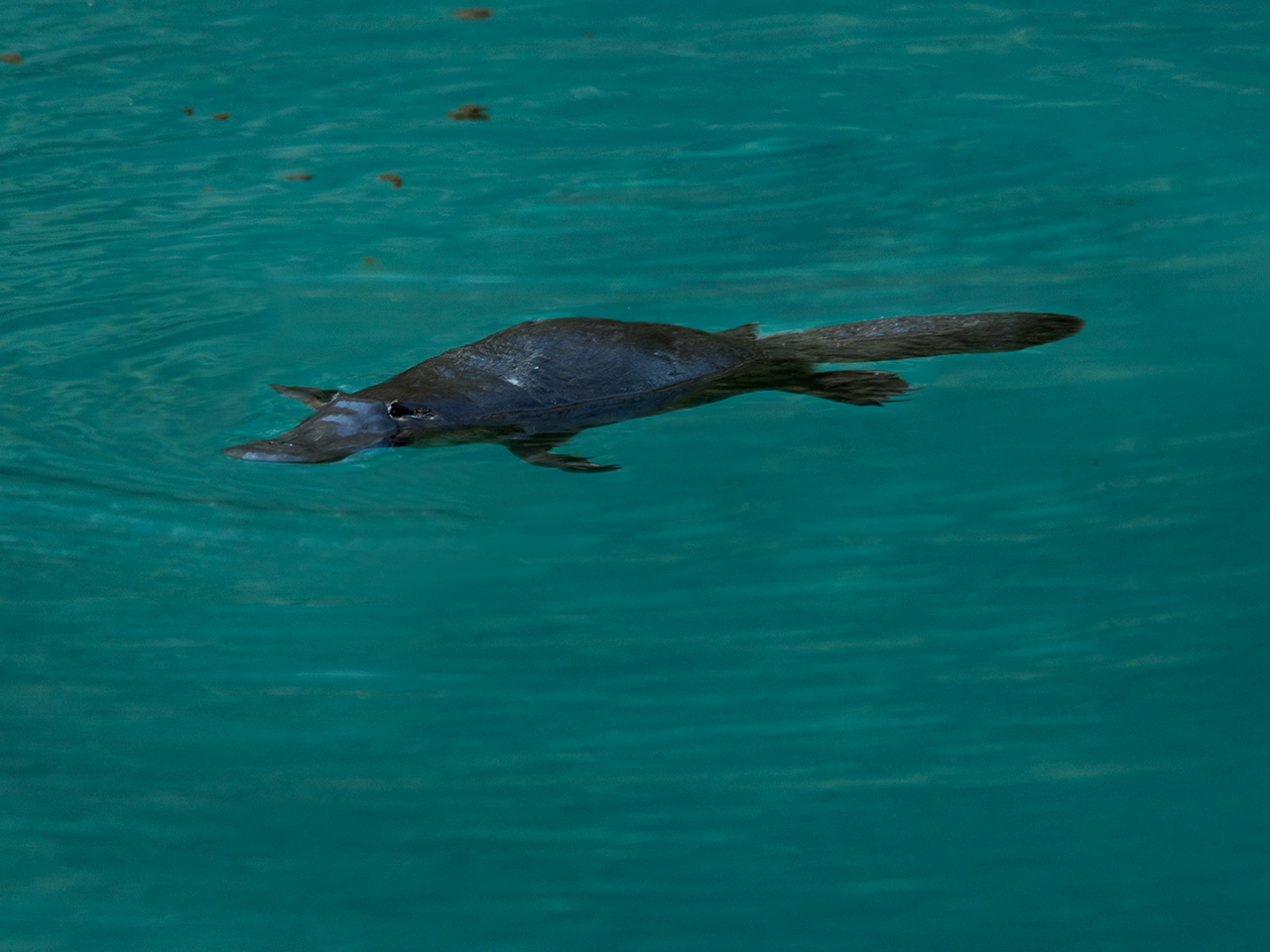

This is all just speculation here’s another plausible idea. Gastric pumps need a good deal of energy to keep the stomach acidic, so if they are no longer needed, they would eventually be lost too. Pepsinogens work best in acidic environments, so if they disappear, you don’t need an acidic chamber any more. Many newborn mammals use a gene called Cym to digest proteins in their milk, but our version of Cym is inactive because our milk is relatively poor in proteins. You can see the first hints of this process at work in animals that still have stomachs. Over time, they built up debilitating mutations, and were eventually lost. Perhaps the ancestors of stomach-less species shifted to a different diet that made these enzymes worthless. We know that animals evolve very different sets of pepsinogen genes to cope with the proteins in their specific diets. This fits with Dollo’s principle, which says that complex traits that have been lost through evolution cannot be regained.Ĭastro and Wilson suspect that diet is part of the answer. This means that the stomach-less species could only regain their lost organ by reinventing it from the ground-up-a feat that Castro and Wilson deem unlikely. With the right genetic tweak, you can switch on these dormant programmes and produce chickens with teeth.īut in the case of the stomach-less species, “the genes are just gone,” says Puente. “You can go to the chicken genome and find that most genes involved in the formation of the enamel are still there, just where you would expect to find them,” says Puente. And birds also have tooth-making genes-relics from their dinosaur ancestors. Toothless mammals still have genes for making enamel-they just don’t work anymore. But that’s not always the case.īlind cavefish still have the right genes for making eyes, and if you cross-breed populations from different caves, you can actually make sighted individuals. It might seem intuitive that animals which lose a certain feature might lose the genes associated with that feature. “It’s a clear-cut pattern of gene loss and stomach loss across all of these species,” says Wilson. The pufferfish was the sole exception-like the platypus, it has kept a single pepsinogen gene, which it uses for non-digestive purposes. They’ve also lost many of the genes for pepsinogens-digestive enzymes that break down proteins.

#PLATYPUS TAIL FULL#
They scoured the full genomes of these species and showed that they’re all missing the genes for the gastric proton pump-the enzyme that acidifies the stomach. Now, Filipe Castro and Jonathan Wilson from the University of Porto have found the same pattern in other stomach-less vertebrates, like the zebrafish, pufferfish, medaka, platyfish, and Australian ghostshark. Xose Puente from the University of Oviedo first discovered that the platypus has lost its main stomach genes, back in 2008. And we now know that several of these losses were accompanied by disappearing genes. On at least 18 separate occasions, vertebrates have abandoned their stomachs. (It’s commonly said that pufferfish puff by expanding their stomachs, but while they have a sac in the right place, it’s not a glandular, acid-secreting one, so it doesn’t really count.) Of the almost 30,000 species, it seems that around a quarter have abandoned their stomachs, including groups like wrasse, carp, cowfish, pufferfish, zebrafish and more. Lungfish, a group of slender freshwater fish that can breathe in air, don’t have stomachs nor do the chimeras, bizarre-looking relatives of sharks and rays.Īnd the teleosts-the group that includes most living fishes-have taken stomach loss to extremes. The platypus doesn’t have one, nor do its closest relatives, the spiny echidnas. It allowed our ancestors to digest bigger proteins, since acidic environments deform these large molecules and boost the actions of enzymes that break them apart.īut over the last 200 years, scientists have shown that many vertebrates have lost their stomachs. The stomach, defined as an acid-producing part of the gut, first evolved around 450 million years ago, and it’s unique to back-boned animals (vertebrates).

In other words, the platypus has no stomach. There’s no sac in the middle that secrete powerful acids and digestive enzymes. And if you look inside a platypus, you’ll find another weird feature: its gullet connects directly to its intestines. The males have a venomous claw on their hind feet, and the females lay eggs. It has a leathery duck-like bill, a flattened tail and webbed feet. The platypus is an anthology of weirdness.


 0 kommentar(er)
0 kommentar(er)
